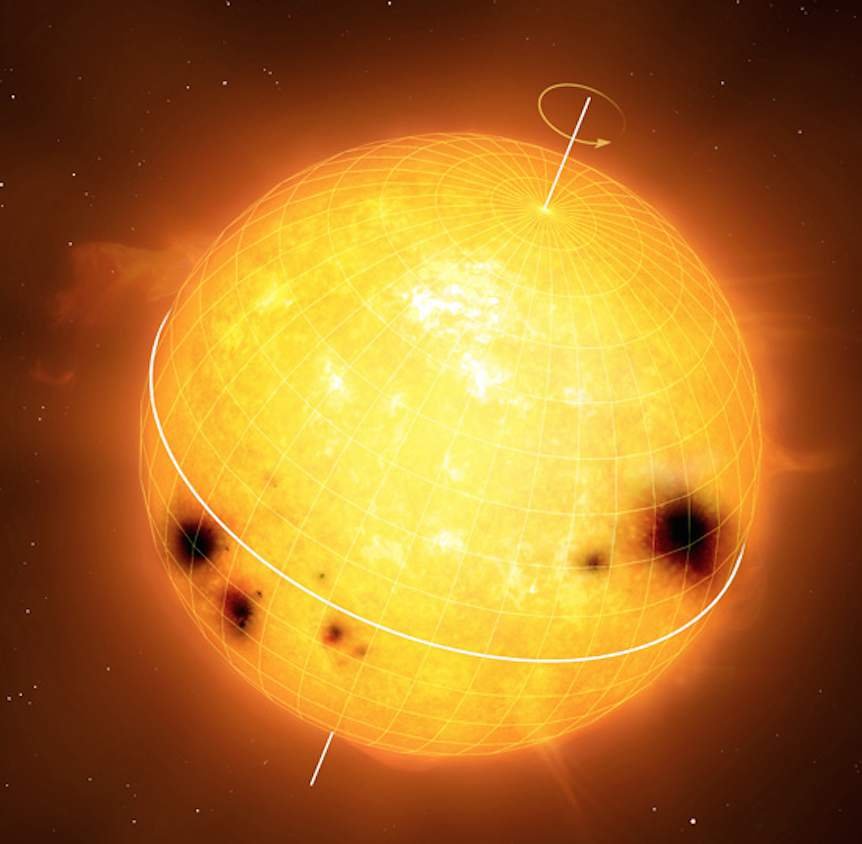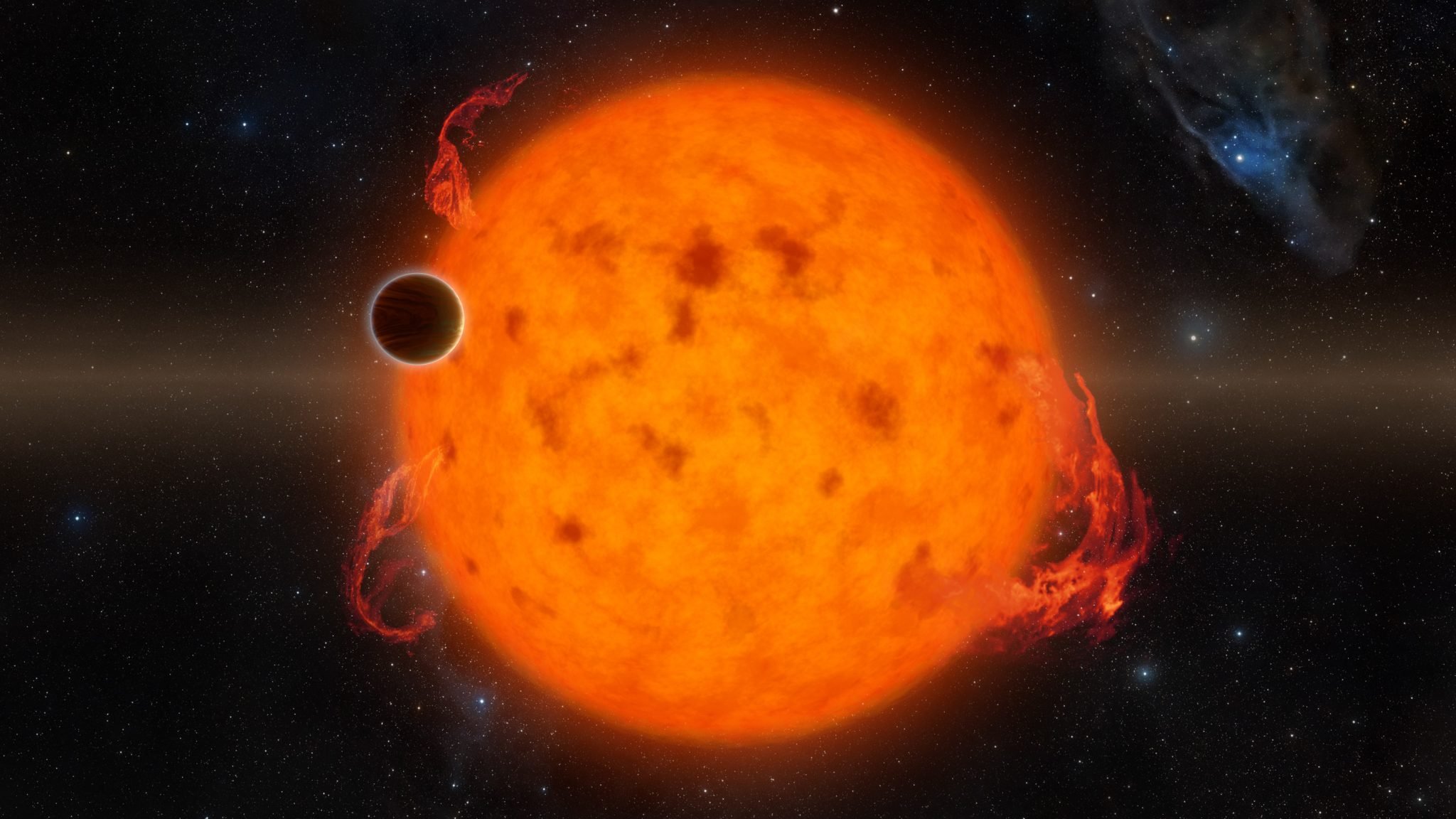CURRENT RESEARCH AREAS
Please click a topic picture to access an ADS repository of publications and proceedings in that domain.
Variability of young, low-mass disk-bearing stars
Young stars and brown dwarfs are hghly variable due to magnetic activity, gas accretion, and occultations by dusty circumstellar disks. I have spent the last decade gathering time series photometry from numerous space telescopes (MOST, CoRoT, Spitzer, Kepler & TESS). This data has revealed fascinating flux outbursts, fading events, and quasi-periodic phenomena, which I have been able to divide statistically into eight categories. My goal has been to connect the diverse light curve behavior with physical mechanisms, as a function of stellar mass and age.
Optical SETI
The discovery of thousands of exoplanets has led many to wonder whether life exists elsewhere in our Galaxy. At SETI, we are particularly interested in the search for intelligent life. The possibility has been raised that advanced civilizations might be capable of building large energy harvesting structures around their host stars. While the idea remains speculative, we now have a golden opportunity to search for signs of such “megastructures” as they periodically block out starlight. We are using TESS to conduct a photometric survey of 50+ million bright stars, in hopes of either discovering such a phenomenon or placing a limit on its existence.
Properties of Herbig stars
Herbig Ae/Be stars— young stellar objects more massive than the Sun— may have fundamentally different circumstellar disk properties and modes of accretion than their lower mass cousins. Missions such as Gaia have recently enable the identification of hundreds of Herbigs across the sky. And with virtually uninterrupted space-based photometric monitoring from TESS , we are currently exploring this question by expanding the variability census to include hundreds of Herbigs across the sky.
With various collaborators…
Young star rotation
Many young stars have cool magnetic spots on their surface, which appear and disappear from view as the star rotates. The corresponding light curves encode this rotation through their periodicity. With data from space telescopes, we have measured thousands of rotation rates for young stars, mapping out angular momentum patterns down to the lowest masses over a range of ages.
The search for cluster exoplanets
The vast majority of exoplanets discovered to date orbit mature stars like the Sun. We are interested in understanding their origins and early evolution. One path to achieving this is to discover newborn planets. This is a difficult task, given the typically variability levels of young stars. However, we have been successful in identifying a handful of relatively young planets around stars that have already lost their disk material.
Discovery and analysis of young eclipsing binary systems
As part of the search for planetary transits and dust-induced fading events, we encounter a number of eclipsing binary systems. In cases for which both a light curve and radial velocity data were available, we obtained precise stellar masses and radii. These measurements have proven critical in testing theoretical evolution models of the youngest stars.
PREVIOUS PROJECTS
Pulsation in brown dwarfs
For my PhD thesis, I attempted to verify the theory that young brown dwarfs and very low mass stars could be oscillating due to their Deuterium burning (“epsilon mechanism”). While this project concluded with a null result, it provided a springboard for my later studies in young star variability.
Photometry pipelines for space telescopes
I have created Python software to perform photometry on images from the Spitzer Space Telescope, Kepler, and TESS. This includes flux measurements from circular apertures, background removal, and mitigation of systematic effects (e.g., pointing jitter).
Exoplanet host stars
As part of my undergraduate and MPhil theses, I developed code to model the effect of rocky body consumption in stars like the Sun. If a star has a convection zone, then excess metallicity in its outer layers could create a small but significant shift in the its evolutionary track as well an effect on p-mode oscillation frequencies.









